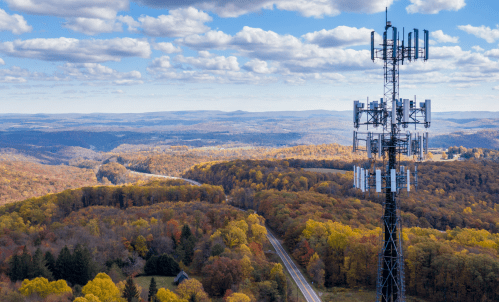The recent Court of Appeals decision upholding the FCC decision to classify broadband providers as common carriers is a huge personal victory for President Obama and FCC Chairman Tom Wheeler. It’s also a huge institutional victory for the FCC, establishing a clear foundation for it to establish rules for communications networks in the broadband era.
What does this mean for the future of the nation’s broadband agenda? Some claim the heart of agenda is price regulation. I disagree. The core of common carrier obligations is non-discrimination. The FCC now has power to protect consumers from the harmful effects of network content discrimination.
Such protection is critical. It is also fundamentally defensive. That is, it can protect against bad things, but it cannot compel good things. There are other FCC efforts, such as privacy protections, that similarly seek to prevent harm.
Just like a good football team, however, policy needs to know how to play both offense and defense.
The country is making progress on the first front. It has a three-pronged broadband agenda: getting affordable, abundant bandwidth everywhere, getting everyone online, and using the platform to better deliver public goods and services. Here, cities play a more significant role.
Incumbents and others predicted a suppression of investment in next generation networks as a result of the FCC classification, but it is hard to make that case in light of recent announcements by AT&T, Verizon, Comcast, and others deploying next generation networks. (Another indication of the limited impact on their businesses is those three stocks outperformed the market the day of the court decision.) Google Fiber drove a considerable share of the progress, and also required cities to adopt a wide variety of policies that lowered deployment costs. Further progress depends on more cities doing so, as well as non-incumbents expanding their efforts.
The country also made progress on adoption, most significantly the FCC’s recent reforms to Lifeline. The FCC took significant steps to remove the primary cause of the fraud—carrier certification of recipients—while also making broadband a supported service. It will take several years to determine whether the change actually increases broadband penetration, which has recently stalled, but achieving universal adoption will take more than federal efforts. It requires sustained local, community-based efforts as well.
The U.S. has also made improvements to public services at the federal, state and local levels. Indeed, the whole smart city movement, dealing with improvements in transportation, energy, water and sewer, and human services builds those services on top of better networks.
On the federal side, much of this agenda will carry over to the next administration, which will also confront a number of emerging issues related to cybersecurity, the Civic Internet of Things, digital equity, and next generation wireless. The country should debate the best approaches, but regardless of political leanings this election cycle, Americans ought to agree that the country can’t be great without great broadband. Nor can America be great if the government has to deliver critical services like education, public safety, transportation, among others, using the tools of the 20th century, instead of the tools of the 21st.
The foundation is now laid for the FCC to assure critical consumer protections. The next step is to establish networks and improve adoption, creating an environment where bandwidth never constrains economic and social progress.



Commentary
Title II, cities, and the broadband agenda ahead
June 23, 2016